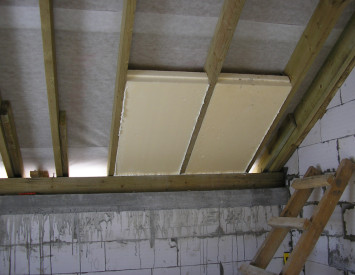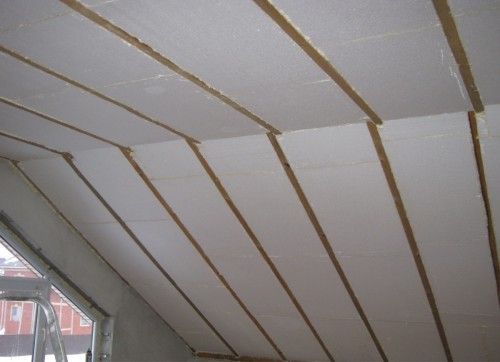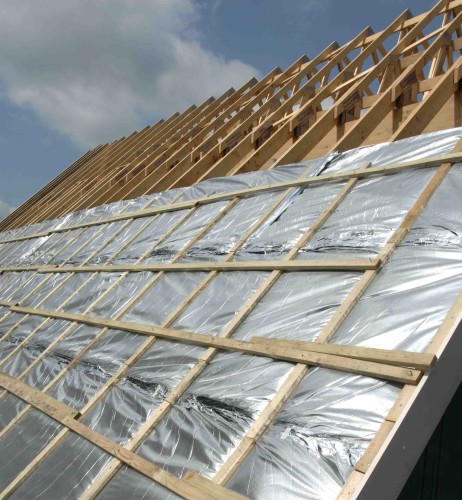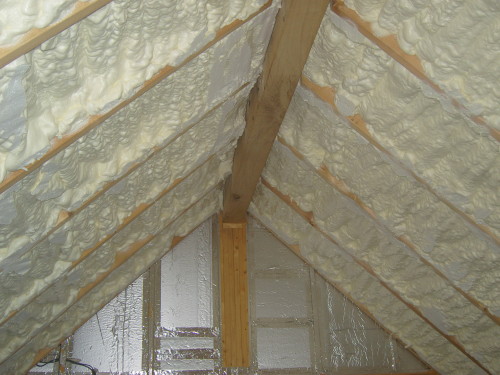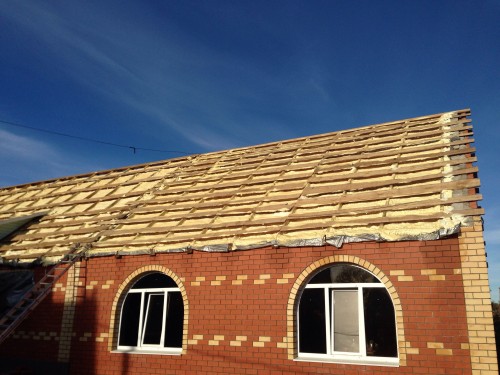Almost every private house needs high -quality insulation. First of all, we are talking about warming the roof, through which very warm air flows and leave the home. It should be understood that a similar process should be carried out regardless of the roof of the form.
Conducting high -quality insulation will not only enjoy the stable high air temperature in the room, even in the cool seasons, but also significantly save money, which are usually spent on various heaters and other heating sources on a large scale. Ultimately, you can limit yourself to the simplest means of heating, and thermal insulation will maintain the necessary volume of warm air in the house.
Content
Features of the use of thermal insulation
Before all work related to the insulation of the home, it is necessary to study all issues related to the effectiveness of various types of insulation, the scale of the house insulation, as well as analyze financial issues.
By applying the wrong type of insulation, one can completely ignore the effect of the created thermal insulation. You can also spend too much money on certain materials, while it turns out that the cheapest heat insulation options can provide approximately the same level of insulation.
The process of preparing the roof for insulation
It is worth saying that the roof insulation is internal and external. The roof is attributed to the outer part of the roof, and the rafter frame, as well as the floor slabs, are attributed to the internal part of the roof. Before starting work on laying thermal insulation, you should make sure that the roof is in normal condition. Otherwise, the large weight of insulation can simply destroy the structure, while you will have to spend a lot of money on recovery.
It is also worth assessing the situation with humidity. If dampness is present on the roof, it can significantly damage the insulation. In such an environment, insulation materials rapidly lose their initial properties, or effectiveness is simply lost. The presence of moisture does not mean at all that thermal insulation can be thrown into the garbage tank a few days after its laying on the roof.
It is worth making sure that the distance between the rafters is ideal for placing thermal insulation materials. The insulation should almost perfectly enter into the necessary interval, which will ensure high efficiency of using the material. The presence of cracks is a rapid loss of heat, which will only increase over time. Once again, it is necessary to recall that thermal insulation should always remain in a dry state. If the roof flows, you should immediately protect thermal insulation from water from getting on it.
Materials for insulation
Most often, the following materials are used to warm the roof:
- glass wool;
- basalt slabs;
- polyurethane foam;
- mineral wool;
- foam.
Among these materials, the most universal is fiberglass (glass wool), which not only perfectly retains heat in the dwelling, but also provides high -quality sound insulation.
Experts also focus on the fact that fiberglass has a unique texture, which allows you to use the material for ten years without loss of initial properties. Moreover, unlike the use of other materials, insulation of the roof with fiberglass will significantly save money. If necessary, certain parts of the insulation can be quickly and cheaply replaced.
If there is a need to use environmentally friendly, as well as fireproof material, it is worthwhile to take a closer look at the operation of expanded clay. Despite its numerous positive aspects, the cost of the material is quite high. However, the belief that there is no fire due to the fire of the insulation - it is worth a lot.
The process of roof insulation
If the roof is a non -residential attic, then the insulation should be placed not between roof rafters, but directly to the overlap between the lags. Further, the material is located around the entire perimeter of the roof. It is worth making sure that all elements of insulation are installed in high quality and without the slightest cracks.
After that, you can start the process of laying on the surface of the floor of the OSB material, which will be an excellent basis for the floor.
In the event that we are dealing with a flat roof of the home, then the process of insulation begins with the creation of a cement screed. Further, most often, the laying of polypenia polystyrene occurs, the density of which should be at a fairly high level. Otherwise, the effectiveness of the insulation will not be enough for a large house.
After that, it will be necessary to place on the surface of the glasshold, which has filtration properties. At the very end, gravel and paving slab (paving stones) are located on the surface.
Installation of insulation on the pitched roof
Surely the pitched roof is the most difficult object for the location of thermal insulation.
In this process, it will be necessary to create a waterproofing layer that will allow you to get rid of moisture. It is important to note that the waterproofing is located on top of the crate, and the material is attached with bars. Next, insulation material is laid between the rafters. It is worth paying special attention to that there are no gaps between the isolation. In those frequent cases when insulation is placed in several layers, you need to make the new layer overlap the seams of the previous one. This is to significantly increase the effectiveness of insulation.
A membrane film is located on top of thermal insulation, which will protect the material from condensation. Such layers are attached to the crate using a construction stapler. It is necessary to make sure that all the materials that are used to create insulation do not sag. Otherwise, the created design can be damaged or gradually lose its effectiveness.
In some cases, vapor barrier can be attached to the attic using tape, but this happens only in those situations where it is really necessary.
